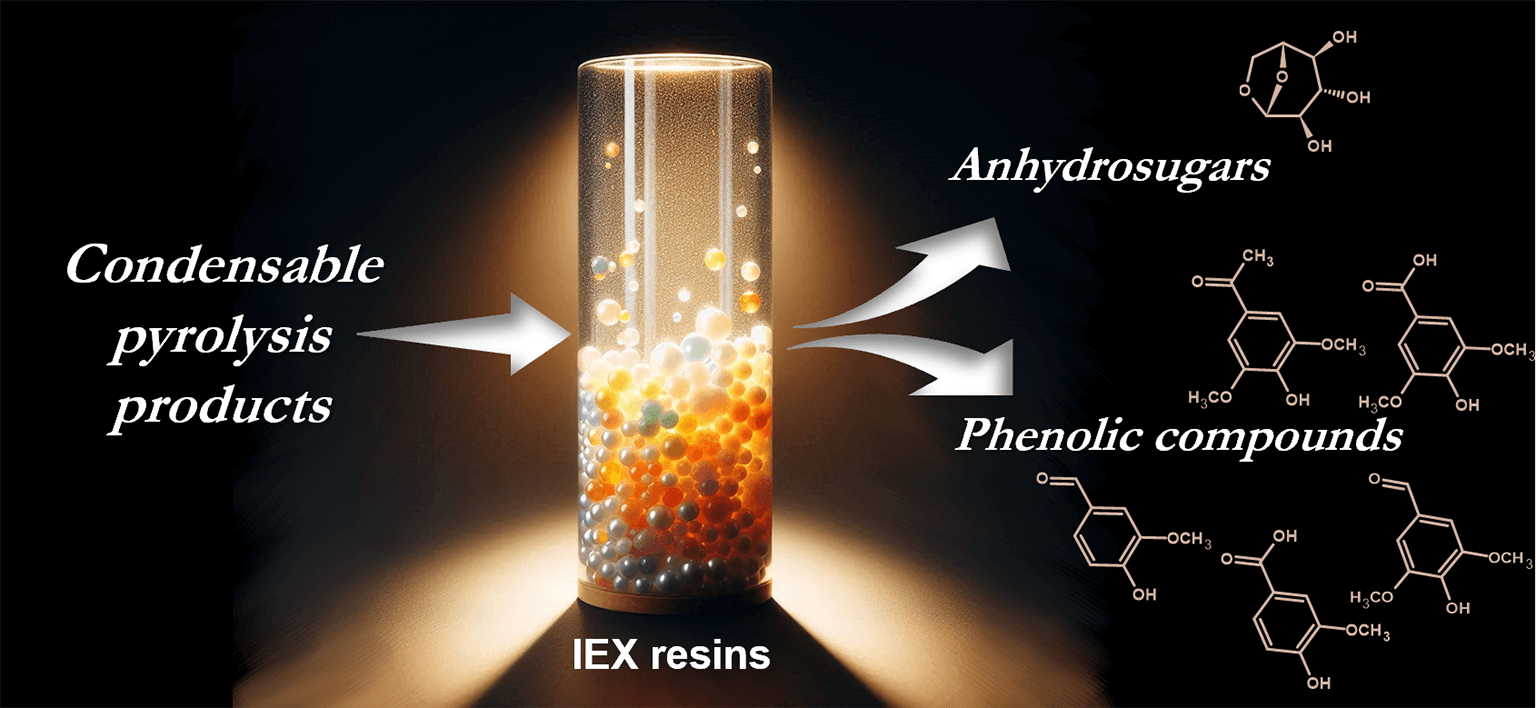 Open Access
Open Access
ARTICLE
Kristine Meile1,*, Martins Romanovskis1,2, Thomas Nicol3, Neil Hindle3, Aivars Zhurinsh1
1 Latvian State Institute of Wood Chemistry, Riga, LV-1006, Latvia
2 University of Latvia, Riga, LV-1004, Latvia
3 Nova Pangaea Technologies, Lealholme Building, Wilton International, Wilton, Redcar, TS10 4RG, UK
* Corresponding Author: Kristine Meile. Email:
(This article belongs to the Special Issue: Advances in Biorefinery Technologies and Products – 2024)
Journal of Renewable Materials https://doi.org/10.32604/jrm.2024.056775
Received 30 July 2024; Accepted 23 September 2024; Published online 11 November 2024

View
Download
Like
Pulp and Paper from Sugarcane: Properties of Rind and Core Fractions
Lísias Pereira Novo, Julien Bras,...Microfibrillated Cellulose from Sugarcane Bagasse as a Biorefinery Product for Ethanol Production
Rafael Grande, Eliane Trovatti,...